Vintage Tribal Kilim Runner 3' 2" x 9' 9" (38" x 117")
Type:
Kilim RugsCollection:
Tribal Runners, ClearanceID:
K0077110Size:
Material:
The designs feature a rich array of symbols representing tribal culture and Anatolian motifs, often in the form of medallions, diamonds, and other geometric shapes.
The designs feature a rich array of symbols representing tribal culture and Anatolian motifs, often in the form of medallions, diamonds, and other geometric shapes. These kilim runners are ideal for hallways and narrow spaces, offering a touch of ethnic charm and artisanal quality to any interior.
Herki kilims not only serve as functional floor coverings but also as artistic expressions of tribal identity, making each rug a unique cultural artifact.
Design Elements
- Pattern:
- Geometric shapes dominate the design, featuring diamonds, rectangles, and intersecting lines.
- Symmetry plays a crucial role, as the arrangement of the motifs appears balanced along the vertical axis.
- Repetitive patterns create a rhythmic flow, drawing the eye along the length of the runner.
- Texture:
- The kilim's flatweave technique produces a smooth, tactile surface.
- Variations in thread thickness contribute to subtle texture differences across the piece.
- Fringe:
- The exposed fringe at both ends adds a rustic charm and emphasizes the handmade aspect of the kilim.
- Fringe details enhance the overall aesthetic and often indicate the craftsmanship involved in the weaving process.
Colors
- Color Palette:
- Warm earthy tones such as terracotta, orange, and soft browns create a welcoming atmosphere.
- Contrasting colors like cream and brown add depth and highlight the geometric patterns.
- Subtle variations in shades contribute to the vintage feel of the rug.
- Color Symbolism:
- Red and orange tones often symbolize warmth, passion, and vitality.
- Earthy colors like brown and cream represent stability, grounding, and a connection to nature.
Main Motifs and Their Symbolism
- Diamonds:
- Often signify fertility and prosperity, representing the hope for abundance.
- The interlocking nature of diamonds may indicate connection and community.
- Rectangles:
- Represent stability and security, often interpreted as protection for the home.
- The use of shapes signifies harmony and balance within domestic life.
- Lines and Borders:
- Lines may symbolize pathways or journeys, representing life's journey and transitions.
- Borders in tribal designs often provide a sense of containment and protection.
Summary
The vintage tribal kilim runner showcases a harmonious blend of geometric patterns characterized by warm earthy colors. The design elements, including texture and symmetrical arrangements of motifs, create a captivating visual experience. The prominent motifs, such as diamonds and rectangles, embody deep symbolism relating to prosperity, stability, and the journey of life. In essence, this kilim runner is not just a decorative piece but also a rich tapestry of cultural significance and storytelling.
- Ships in 1-4 business days
- Only one in stock, handmade, unique
- Free shipping via FedEx Express. Easy returns
- Contact us or add a note to your order if you want us to delay your shipping.
- Request more info if you want this rug shorter or narrower
Colors may appear slightly different across various monitors due to screen settings device differences, and external lighting conditions. If color accuracy is important for your space, we recommend viewing the rug on multiple devices or contacting us for a detailed color description. We can provide detailed photos and references using Sherwin-Williams, Benjamin Moore, Pantone, or even Crayola crayons.
You can also visualize most of our products in your own room with AR (augmented reality) on an iPhone or iPad.
Return Policy
Need a rug pad? We recommend RugPadUSA
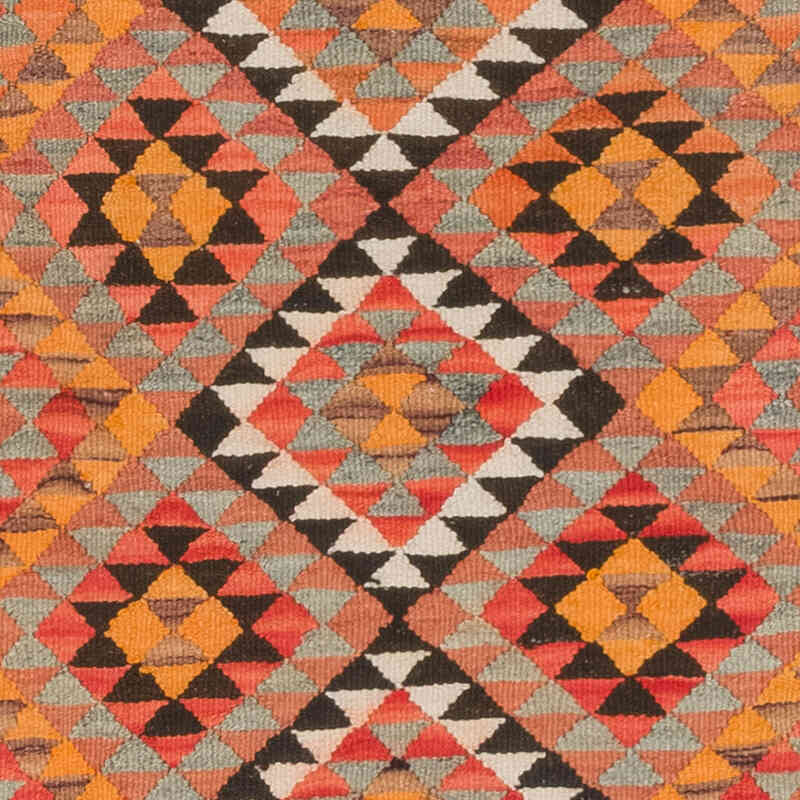
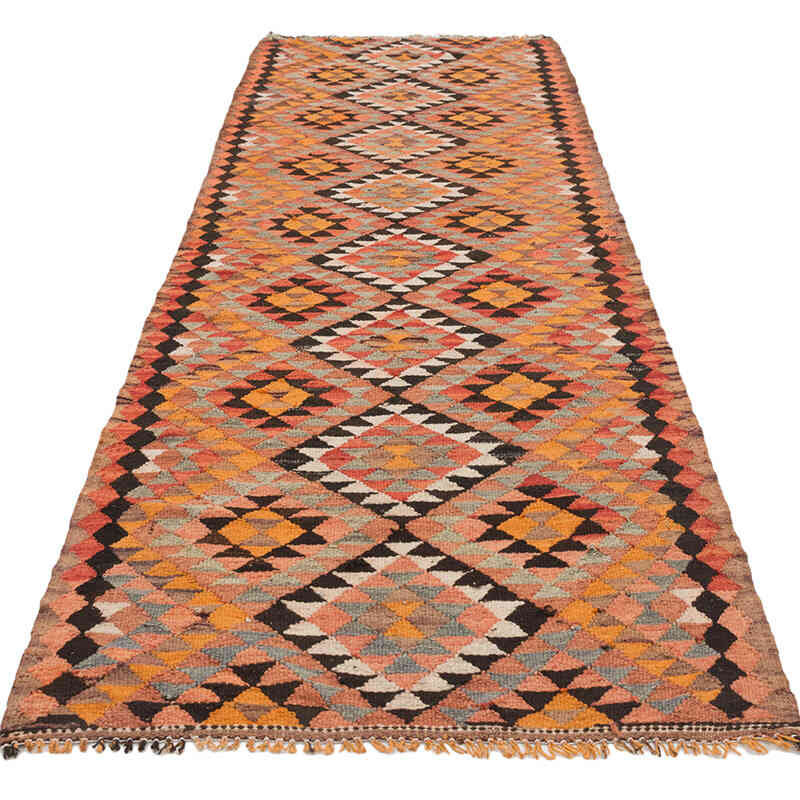
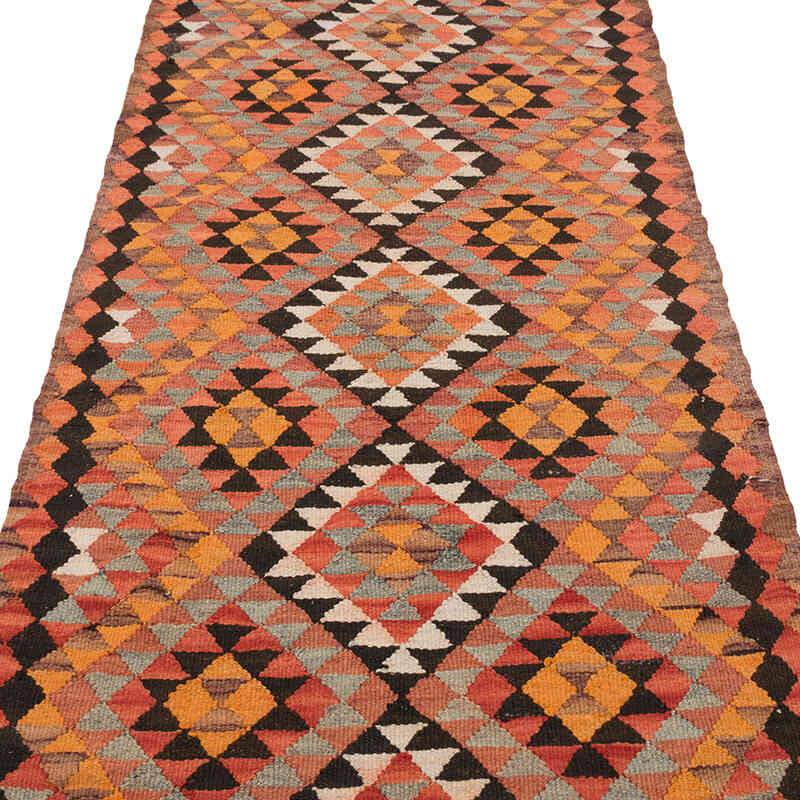
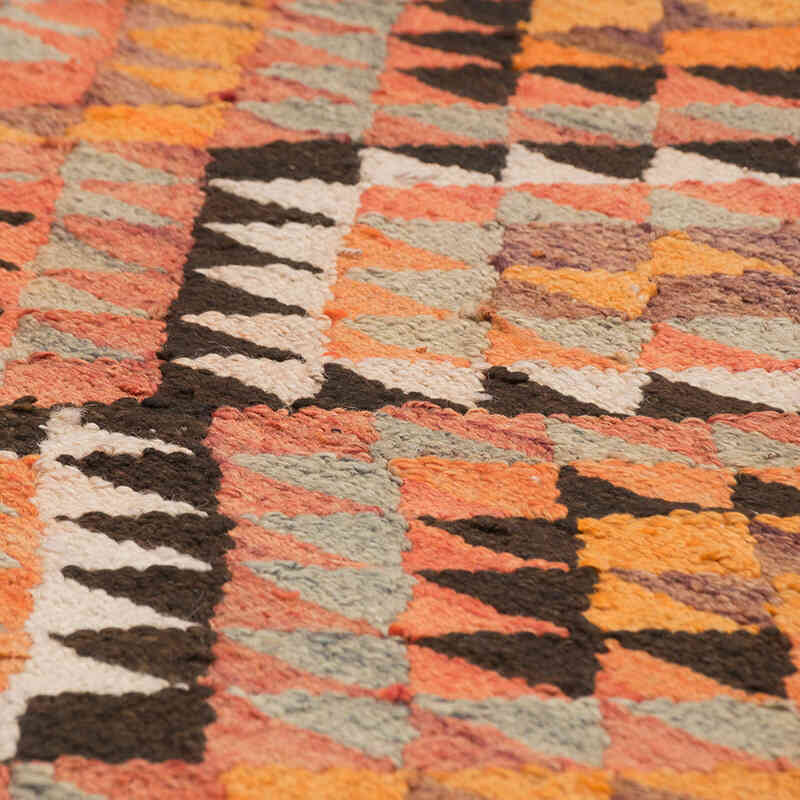
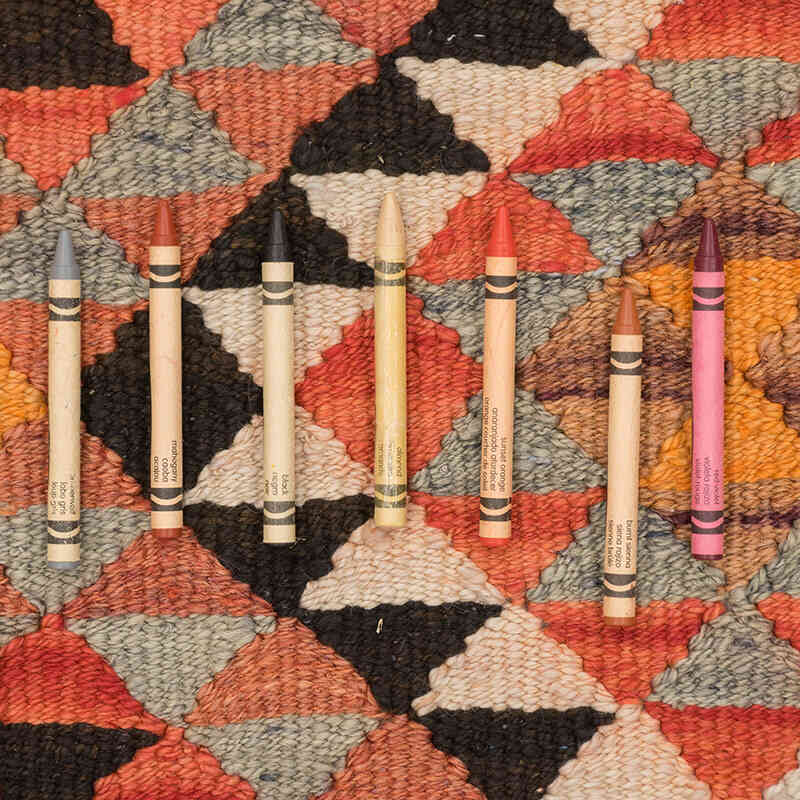
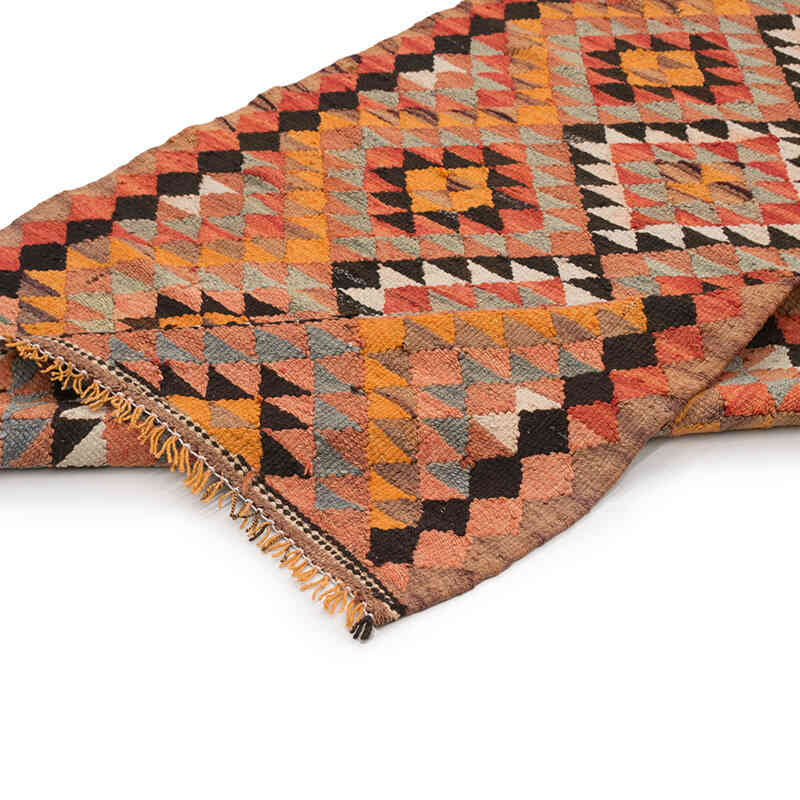
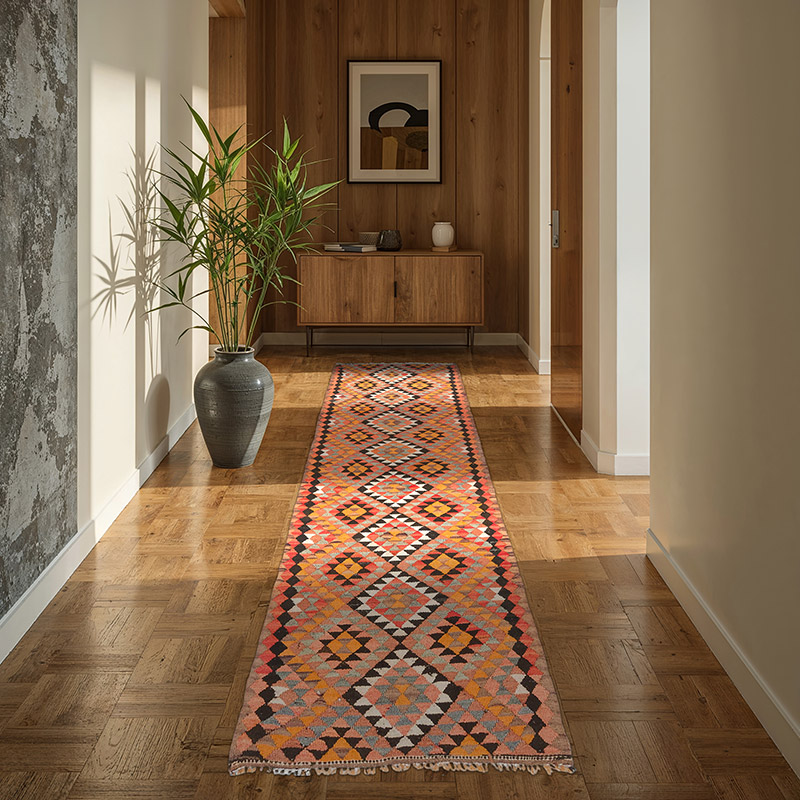
















I love my new rug